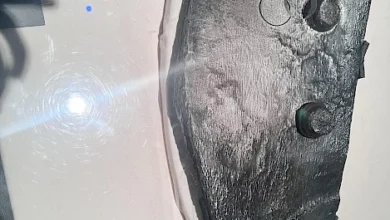Mysterious fairy circles are appearing all over the world

 What are the strange rings of bare soil that appear in some of the world’s most arid regions? This is a question that has puzzled scientists for decades, and that has recently gained more attention as new sites have been discovered across the globe.
What are the strange rings of bare soil that appear in some of the world’s most arid regions? This is a question that has puzzled scientists for decades, and that has recently gained more attention as new sites have been discovered across the globe.
The rings, known as fairy circles, are circular patches of land devoid of vegetation, surrounded by a ring of taller grasses. They can be as small as a few meters or as large as 20 meters in diameter, and they often form in large clusters that create a striking pattern on the landscape.
Fairy circles were first reported in the Namib Desert of southern Africa, where they are especially abundant and conspicuous. Later, they were also found in the arid regions of western Australia. But in recent years, researchers have identified more than 260 locations where fairy circles occur, including in Angola, Zambia, Brazil, Mexico and even France.
What causes these mysterious formations? There is no definitive answer yet, but several hypotheses have been proposed. Some suggest that fairy circles are the result of termite activity, as these insects create underground tunnels that affect the water distribution and soil structure.
Others argue that fairy circles are the result of plant competition, as some plants secrete chemicals that inhibit the growth of their neighbors, creating gaps in the vegetation.
And others propose that fairy circles are the result of natural self-organization, as plants and soil interact in complex ways to form stable patterns that maximize water and nutrient availability.
“We conducted a global and systematic assessment of fairy circle-like vegetation patterns and discovered hundreds of [fairy-circle]-like locations on three continents,” scientists headed up by environmental scientist Emilio Guirado wrote in a new paper.
“Our study provides insights into the ecology and biogeography of these fascinating vegetation patterns and the first atlas of their global distribution.”
As more research is conducted on these enigmatic phenomena, we may learn more about their origin, evolution and ecological role.




